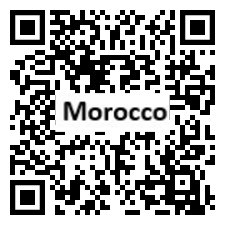Country Summary
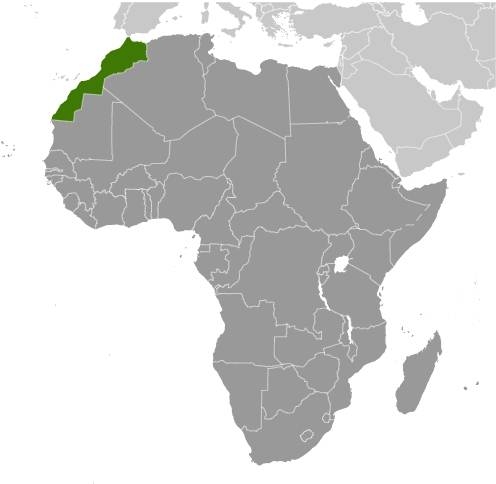
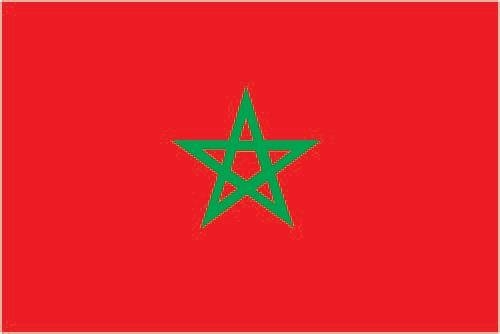
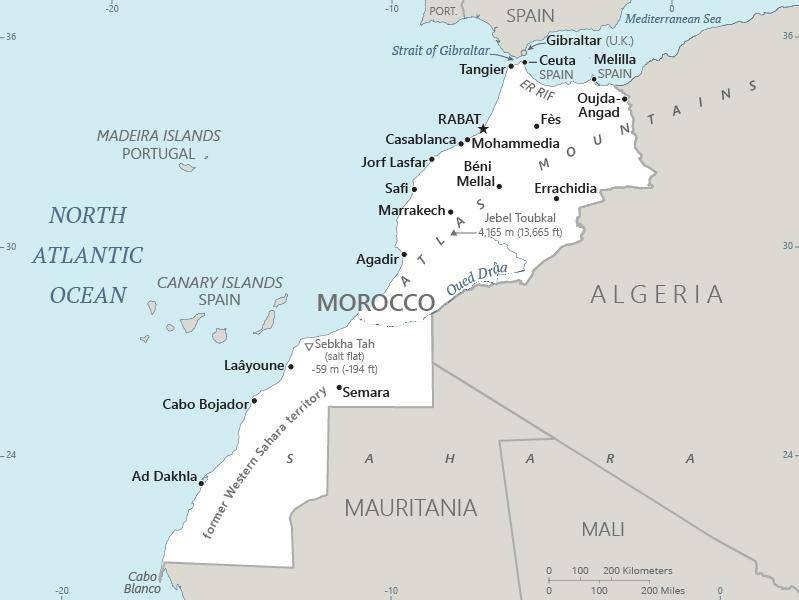
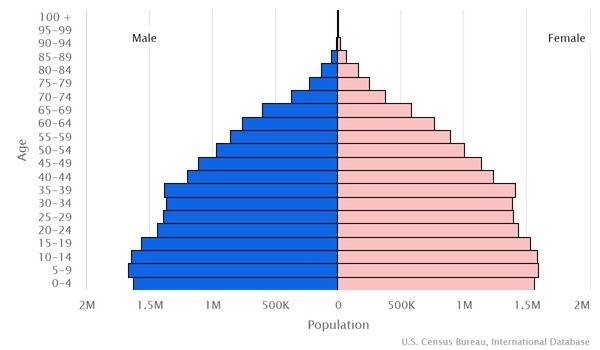
Introduction
Background
In 788, about a century after the Arab conquest of North Africa, a series of Moroccan Muslim dynasties began to rule in Morocco. In the 16th century, the Sa'adi monarchy, particularly under Ahmad al-MANSUR (1578-1603), repelled foreign invaders and inaugurated a golden age. In 1912, the French imposed a protectorate over the country. A protracted independence struggle with France ended successfully in 1956.
Geography
Area
total: 716,550 sq km
land: 716,300 sq km
water: 250 sq km
Climate
Mediterranean in the north, becoming more extreme in the interior; in the south, hot, dry desert; rain is rare; cold offshore air currents produce fog and heavy dew
Natural resources
phosphates, iron ore, manganese, lead, zinc, fish, salt
People and Society
Population
36,738,229 (2022 est.)
Ethnic groups
Arab-Berber 99%, other 1%
Languages
Arabic (official), Berber languages (Tamazight (official), Tachelhit, Tarifit), French (often the language of business, government, and diplomacy); note - the proportion of Berber speakers is disputed
Religions
Muslim 99% (official; virtually all Sunni, <0.1% Shia), other 1% (includes Christian, Jewish, and Baha'i); note - Jewish about 3,000-3,500 (2020 est.)
Population growth rate
0.91% (2022 est.)
Government
Government type
parliamentary constitutional monarchy
Capital
name: Rabat
Executive branch
chief of state: King MOHAMMED VI (since 30 July 1999)
head of government: Prime Minister Aziz AKHANNOUCH (since 7 October 2021)
Legislative branch
description: bicameral Parliament consists of:
House of Councillors or Majlis al-Mustacharine (120 seats; members indirectly elected by an electoral college of local councils, professional organizations, and labor unions; members serve 6-year terms)
House of Representatives or Majlis al-Nuwab (395 seats; 305 members directly elected in multi-seat constituencies by proportional representation vote and 90 directly elected in a single nationwide constituency by proportional representation vote; members serve 5-year terms); note - 60 seats reserved for women and 30 seats for those under age 40 in regional multi-seat constituencies, with the seats divided proportionally among the 12 regions by population size of the region
Economy
Economic overview
lower middle-income North African economy; COVID-19 brought first recession since 1995; reforming state-owned enterprises and expanding welfare system; large tourism, manufacturing, and aeronautics industries; managed debt
Real GDP (purchasing power parity)
$259.42 billion (2020 est.)
Real GDP per capita
$6,900 (2020 est.)
Agricultural products
wheat, sugar beet, milk, potatoes, olives, tangerines/mandarins, tomatoes, oranges, barley, onions
Industries
automotive parts, phosphate mining and processing, aerospace, food processing, leather goods, textiles, construction, energy, tourism
Exports
$37.52 billion (2020 est.)
Exports - partners
Spain 23%, France 19% (2019)
Exports - commodities
cars, insulated wiring, fertilizers, phosphoric acid, clothing and apparel (2019)
Imports
$46.26 billion (2020 est.)
Imports - partners
Spain 19%, France 11%, China 9%, United States 7%, Germany 5%, Turkey 5%, Italy 5% (2019)
Imports - commodities
refined petroleum, cars and vehicle parts, natural gas, coal, low-voltage protection equipment (2019)
Exchange rates
Moroccan dirhams (MAD) per US dollar -
Page last updated: Wednesday, December 07, 2022
